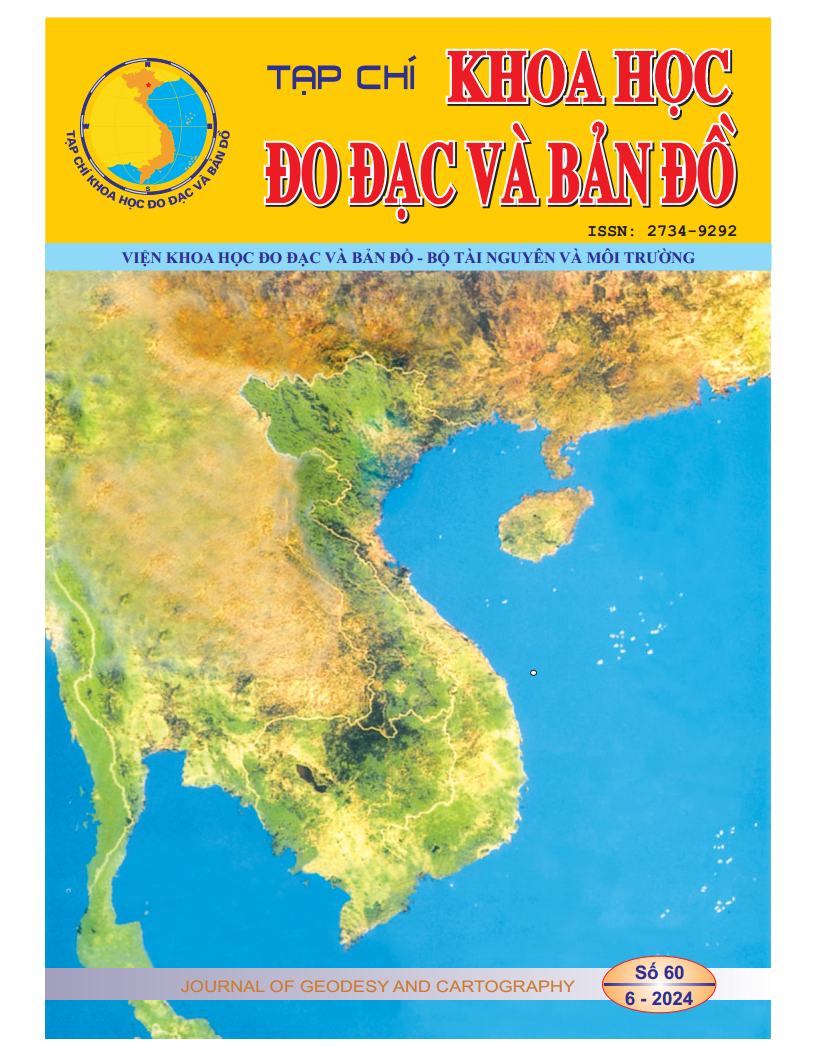Abstract
Global Navigation Satellite Systems (GNSS) are widely used for mapping, positioning and navigation. However, for applications that require high and continuous data access, such as unmanned aerial vehicle navigation, hydrographic surveying and mobile mapping systems, information from GNSS alone is not enough. An integrated solution between GNSS and inertial measurement units (IMUs) has been applied to overcome this issue. This integrated solution allows simultaneously providing information about the position, velocity and direction of the carrier in 3D space. However, low-cost IMUs are often used for most commercial applications, which leads to limited system accuracy. This paper introduces an integrated solution between GNSS and low-cost IMUs with the condition of constraining the direction from the motion vector of the GNSS receiver to improve the accuracy of the integrated GNSS/IMU system. Experimental analysis shows that the proposed solution significantly improves positioning and orientation accuracy compared to the pure integrated solution

